At the meeting, Deputy Minister of Natural Resources and Environment Le Minh Ngan said that at the time the National Assembly approved the National Land Use Plan in Resolution No. 39/2021/QH15 dated November 13, 2021, the National Master Plan, national sectoral plans, and new provincial plans were being prepared and had not been approved. Therefore, ministries, sectors, and localities had not yet fully determined the land use needs to register in the National Land Use Plan and Plan. After these plans were approved, there was an increase or decrease in land use needs.
Currently, the Party Central Committee has also approved the investment policy for the North-South high-speed railway project with a land use scale of about 10,827 hectares, leading to an increase in land use demand for important national infrastructure projects. The provincial planning of 61 provinces and centrally run cities has been approved, and in fact, strictly complied with the land use targets according to the National Land Use Planning and Plan approved by the National Assembly in Resolution No. 39/2021/QH15 and allocated in detail by the Prime Minister in Decision No. 326/QD-TTg and Decision No. 227/QD-TTg.
However, many localities proposed that land use demand by 2030 will increase or decrease significantly compared to the allocated targets, showing the need to adjust land use targets for some types of land and allocate them to localities.
Thus, some land use indicators in the National Land Use Plan and the National Land Use Plan until 2025 approved by the National Assembly are no longer suitable to actual needs. If not adjusted and supplemented, they will limit the demand for using certain types of land in localities, causing difficulties in implementing key national projects, projects with the potential to attract investment, contributing to the implementation of socio -economic development goals approved by the National Assembly, the Government, and the Prime Minister.
Mr. Vu Hong Thanh, Chairman of the National Assembly's Economic Committee, suggested that the Government should analyze and evaluate comprehensively, clarify further the causes, and propose solutions to improve the effectiveness of implementing this Plan. In addition, the Standing Committee of the Economic Committee suggested clarifying that in case the National Assembly decides to adjust the National Land Use Plan, how many provincial plans, national sectoral plans or other related plans must be adjusted to ensure consistency according to the provisions of the Law on Planning and the impact of adjusting the National Land Use Plan on other plans.
In addition, the Government is requested to note that the process of planning and adjustment must ensure the strategic orientations of the Party and State in maintaining the area of rice fields, forest cover, paying attention to the arrangement of residential land, production land for ethnic minorities, and land to serve the response to climate change such as landslides, flooding, and land filling.
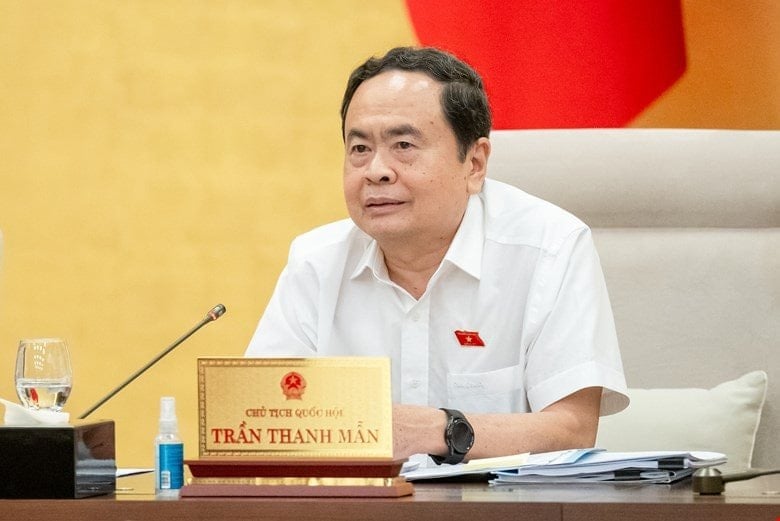
Speaking at the meeting, National Assembly Chairman Tran Thanh Man emphasized that now that the 2024 revised Land Law is in place, this planning must comply with the provisions of the Land Law. The review and adjustment of national land use planning, defense land use planning, and security land use planning must comply with the provisions of the law on planning.
According to the National Assembly Chairman, at the local level, there are always three plans that must be synchronized: land use planning; construction planning; socio-economic planning. Construction planning and socio-economic planning are based on the foundation of land use planning. Therefore, the Government and the Ministry of Natural Resources and Environment direct that localities work in synchronization according to the general direction of the Central Government, implementing legal policies on planning in the national land planning from now until 2030, with a vision to 2050, which is extremely important for us to carry out the construction of socio-economic and cultural development for the whole country and each locality, so it must be done in synchronization.
According to the National Assembly Chairman, the principle of adjusting national land use must comply with legal regulations on reviewing and adjusting planning. Ensuring land use needs to achieve socio-economic development goals, ensuring national defense and security, allocating land resources reasonably, economically and effectively to local sectors and fields. Now the land is not expanding, but how to plan to use land effectively and economically. Our ancestors said "an inch of land is an inch of gold". How to use land effectively, ensuring local development, local development then the whole country will develop.
It is necessary to comply with the requirements for developing infrastructure systems, food security, water resources, forest coverage, ecosystems, and properly solving social issues, including the need for residential land and production land for ethnic minorities. “For decades, our country has considered food security to be very important. Why do we maintain the area of land for rice cultivation even though rice cultivation may not be profitable, may be enough to eat or may not be enough to eat, but for national food security, and national food security contributes to international food security. Our country is in the top of rice exports. Through the many fluctuations in the world situation, even the Covid-19 pandemic, the issue of food security is a top priority. Therefore, at any cost, in land use planning, we must take into account the issues of food security, water resources, forest coverage, planting more forests and limiting deforestation are requirements,” the National Assembly Chairman stated.
Source: https://daidoanket.vn/trong-quy-hoach-su-dung-dat-luon-phai-tinh-den-an-ninh-luong-thuc-10292023.html




![[Photo] General Secretary To Lam attends the 80th Anniversary of the Cultural Sector's Traditional Day](https://vstatic.vietnam.vn/vietnam/resource/IMAGE/2025/8/23/7a88e6b58502490aa153adf8f0eec2b2)

![[Photo] Prime Minister Pham Minh Chinh chairs the meeting of the Government Party Committee Standing Committee](https://vstatic.vietnam.vn/vietnam/resource/IMAGE/2025/8/23/8e94aa3d26424d1ab1528c3e4bbacc45)


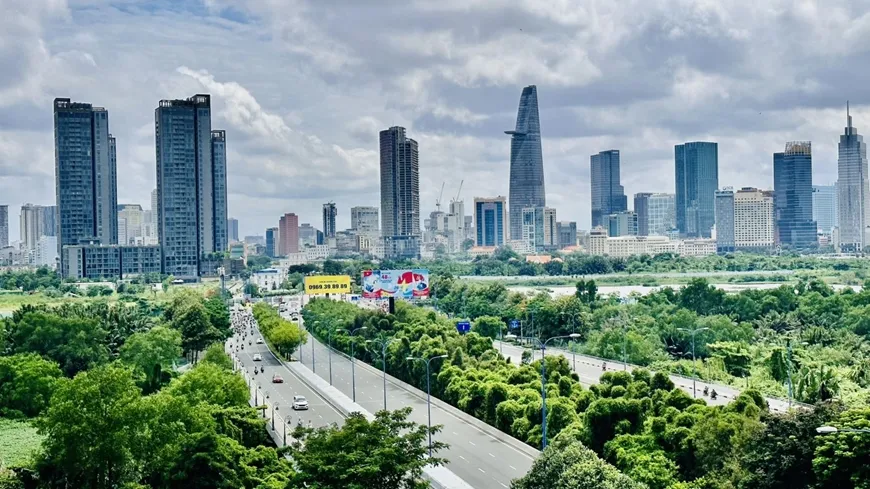



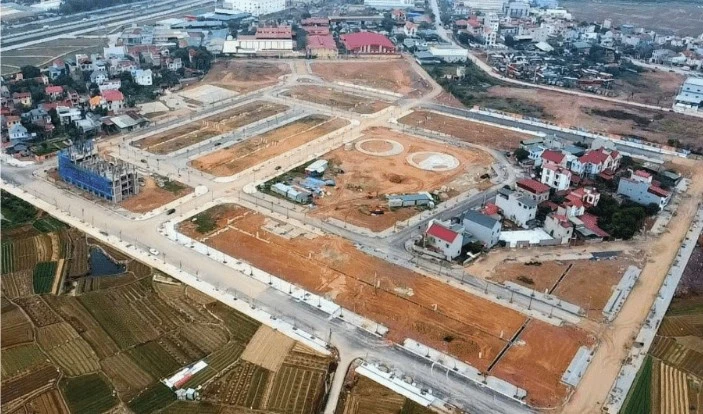

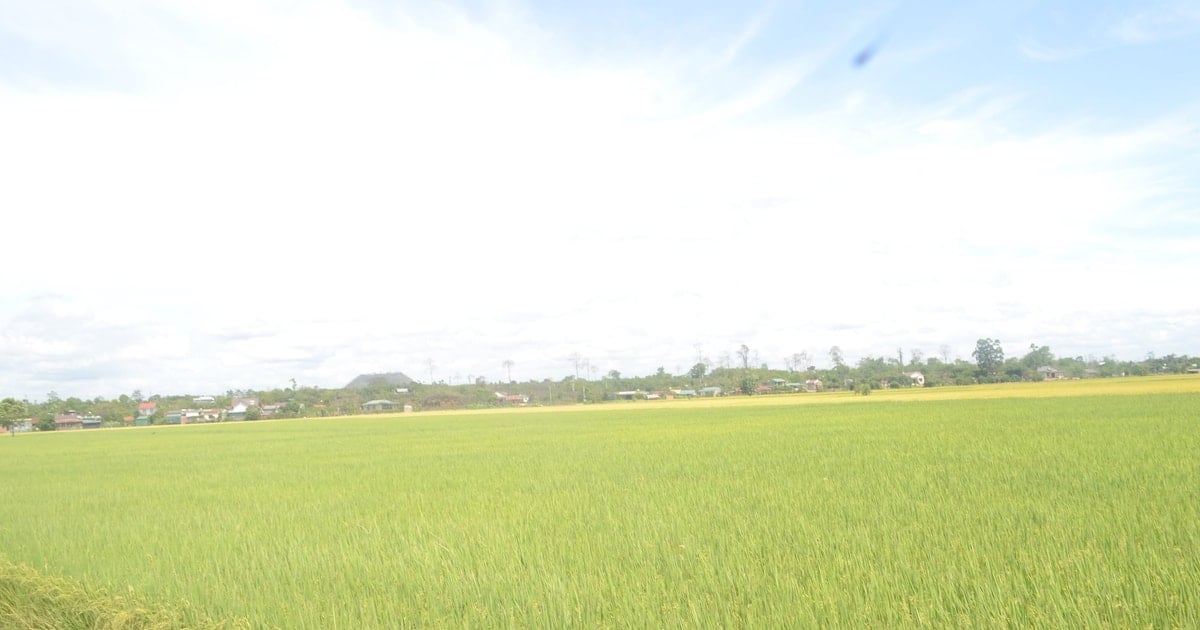
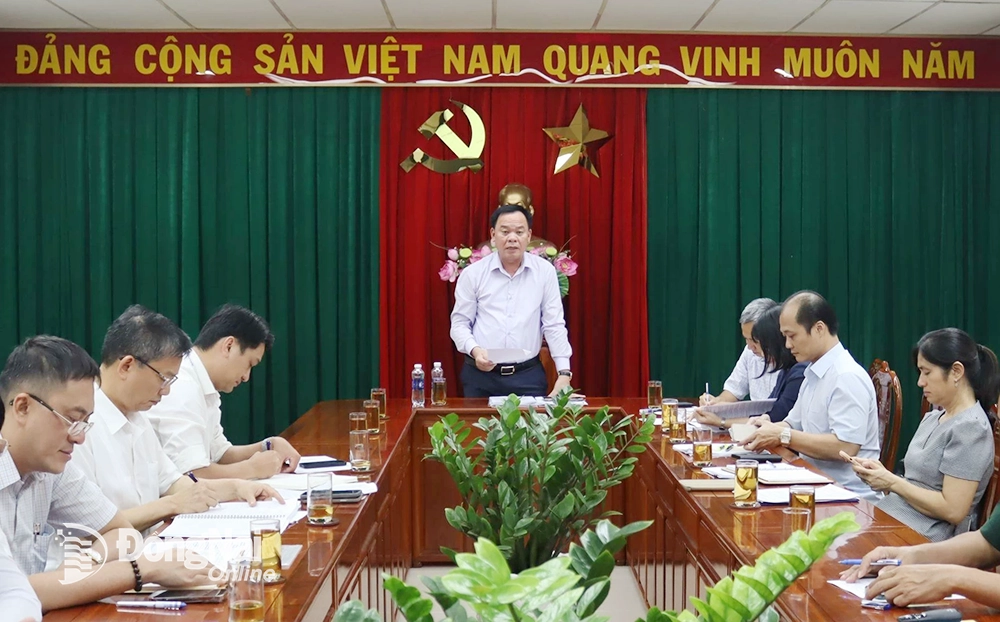

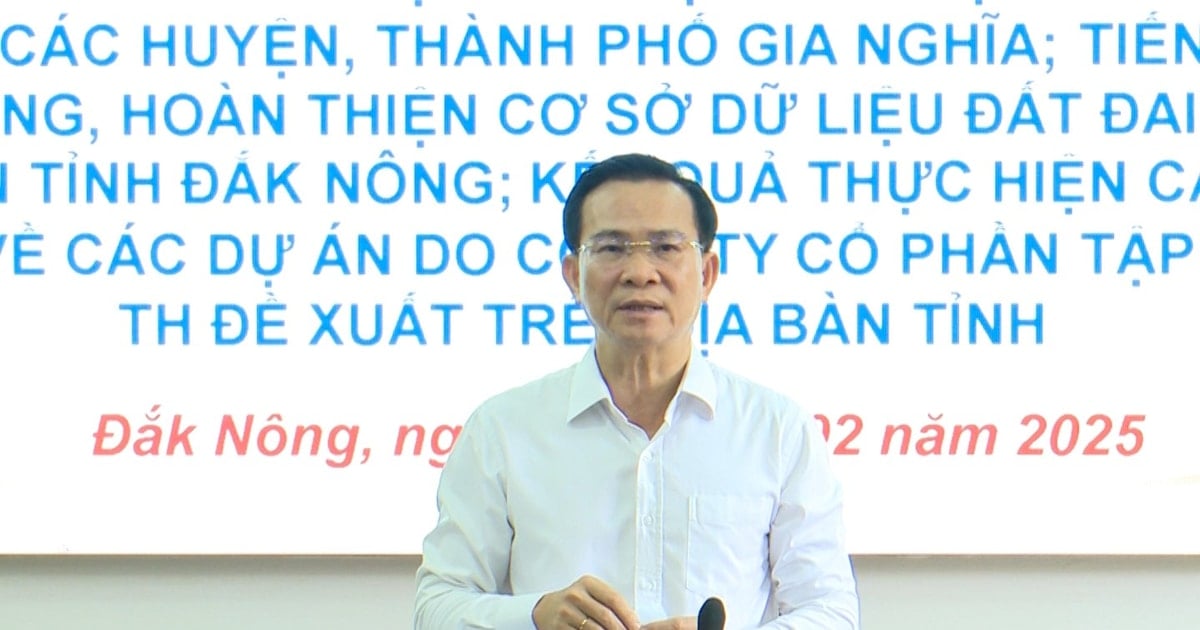



































































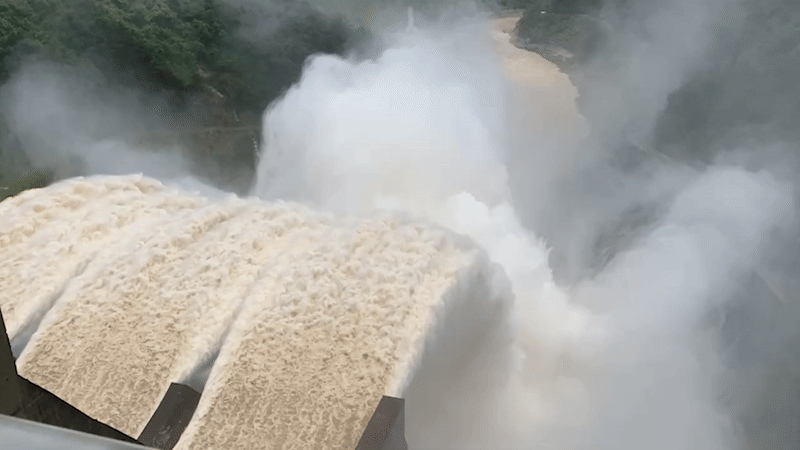

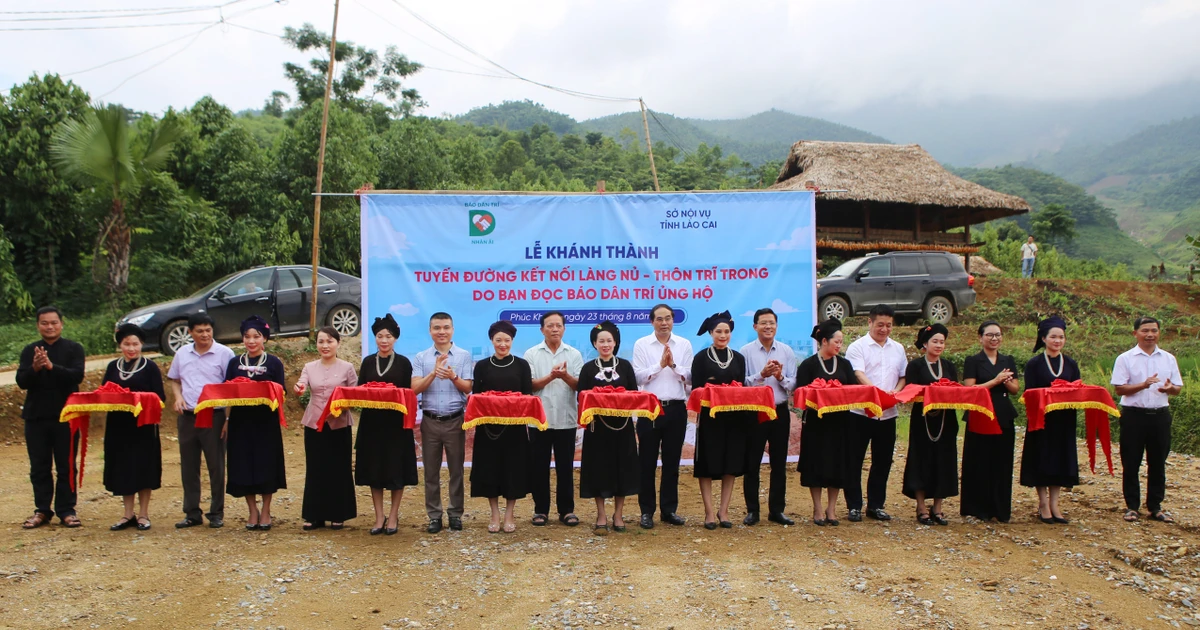

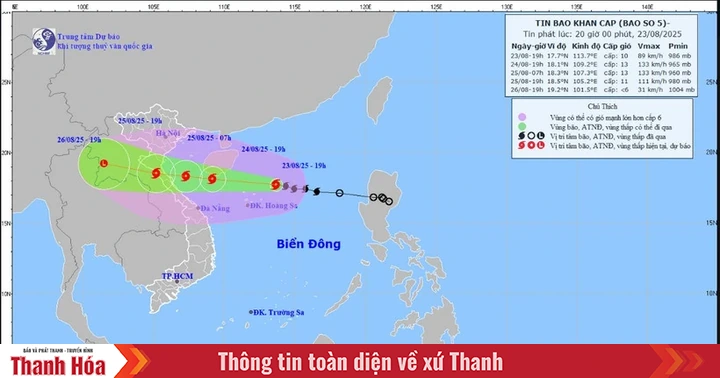

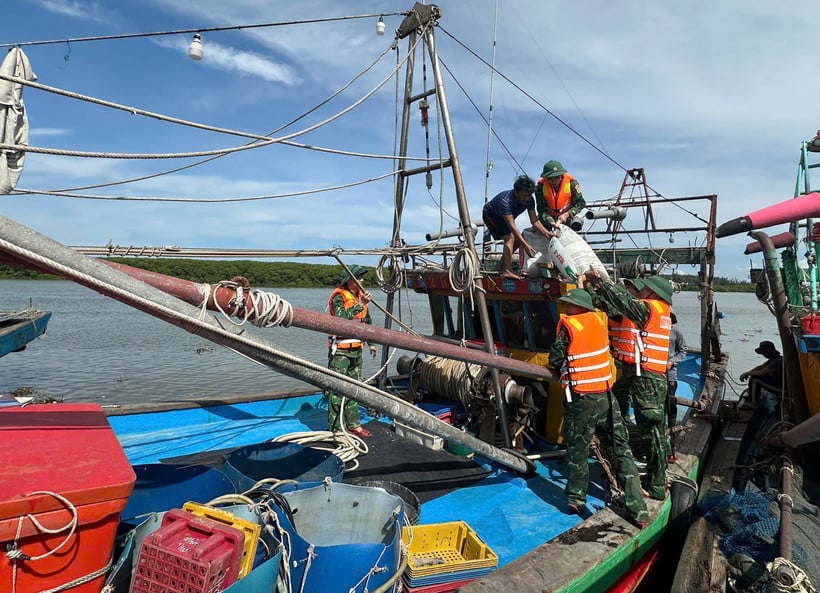















Comment (0)